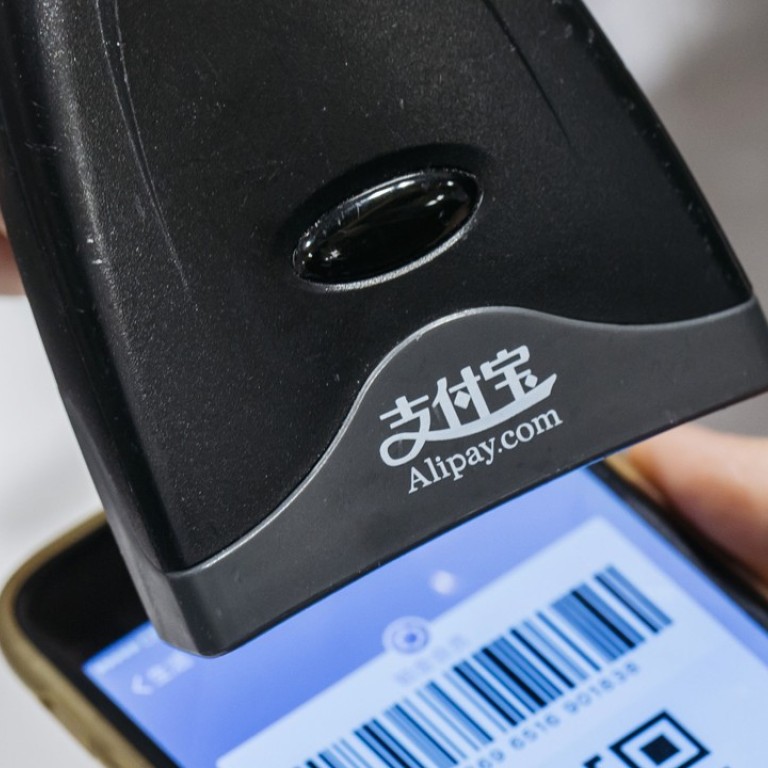
PBOC considers new tactics in battle to regulate fintech
Proposals have included the use of artificial intelligence and other innovative regulatory technologies that can help monitor and screen for fraud
China's booming fintech sector is drawing closer scrutiny from regulators who are confronted with the dilemma of how to establish better monitoring without the regulatory overreach that would stifle innovation in the sector.
The People’s Bank of China (PBOC), the country’s main financial regulator, has recently set up a fintech committee and stressed that it will adopt artificial intelligence (AI) to better monitor fintech players and meet their expanding missions.
“Fintech is growing really fast in China, which has become a global leader in the field. In such a big financial market, the industry has a powerful internal dynamic,” said Sun Guofeng, director of PBOC’s research institute, at a public forum in Qingdao city on Saturday.
“It poses a great challenge for regulators to control risks deriving from the disruptive emergence of the industry.”
Fintech firms typically use technology, such as mobile phones and cloud computing, to provide more affordable and easier-to-access financial services to a wider population, from online loans and insurance to e-payment and crowd-funding investment.
In 2016, investment in China’s fintech firms more than tripled to a record US$10 billion, surpassing the US for the first time and accounting for 43 per cent of global fintech investment, according to Accenture,which compiled its findings based on data from CB Insights.
Leading the deals was Alibaba’s financial-services affiliate Ant Financial, which closed a US$4.5 billion fundraising round in April 2016. The company operates the popular online payment platform Alipay.

According to statistics from the PBOC, mobile payment users increased to a record 459 million in 2016, up 31 per cent from the previous year. The total transaction value of mobile payment also rose 46 per cent to 157.6 trillion yuan.
Online payment platforms made further gains in market share during the first quarter of 2017.
Non-bank payment agencies’ online transactions reached 26.5 trillion yuan (US$3.89 trillion) in value, making up 3.55 per cent of the total amount of online transactions, up 1 percentage point from the same period last year.
The total amount of transaction value for mobile payment also increased 16 per cent to 60.7 trillion yuan from January to March.
“Although commercial banks are still dominating the payment business, Alipay and WeChat have become leading players in the mobile payment area,” said Xiao Feifei, an analyst with Citic Securities.
“China’s financial regulation has been relatively loose and flexible. That’s why we have a booming and diverse financial technology landscape today,” said Wu Xiaoqiu, a professor in finance and vice president of China’s Renmin University, at Saturday’s forum.
“If the regulation is dogmatic and inflexible, new payment platforms such as Alipay and WeChat won’t emerge in China.”
But the regulations may tighten.
The PBOC set up a fintech committee in May to “better monitor” the industry’s impact on the financial stability as well as enhance the supervisory oversight of fintech players.
Sun said the growing area of regulator technology, or what he referred to as “regtech”, focuses on leading-edge technologies, such as AI, to make regulations work more efficiently and effectively.
“China is in special need to develop regtech, in which the AI is the core technology,” Sun said.
Sun said regulators also need to draw up rules for fintech on market entry and exit.
“Overall, Chinese financial institutions are facing rising competition and rising regulatory burdens, which translate into pressure on margins,” said analysts from Nomura in a recent research note.
In particular, P2P (peer-to-peer) lending, robo-advisors, and big data credit reference sectors have been consolidating, owing to a more stringent regulatory environment, said Nomura analysts Wendy Liu and Erin Zhang.
The tougher policy stance has also triggered a debate about how to balance regulation with innovation.
“Regulators should improve their ways to regulate the financial sector. But they can’t do it just for the sake of expanding their power,” said Sun.
Ma Weihua, former president and chief executive of China Merchants Bank, called for a balance between spurring innovation and managing risks.
In an address to the forum, he suggested China look to UK regulators and set up a regulatory “sandbox”, a regime that allows financial firms to conduct testing and trials of new technology on a pilot basis without having to achieve full compliance with the regulators’ requirements.
In a recent research report, analysts from JD Financial Research Group said regulators should be knowledgeable about new trends in the fintech sector and hold a more “tolerant” attitude towards the risks, as the industry is still at a “trial and error” stage.
Nomura analysts shared the views.
“A more thoughtful regulatory stance, which encourages innovation and competition within a certain broad boundary, may ultimately make Chinese entities among the most competitive,” Liu and Zhang said.

